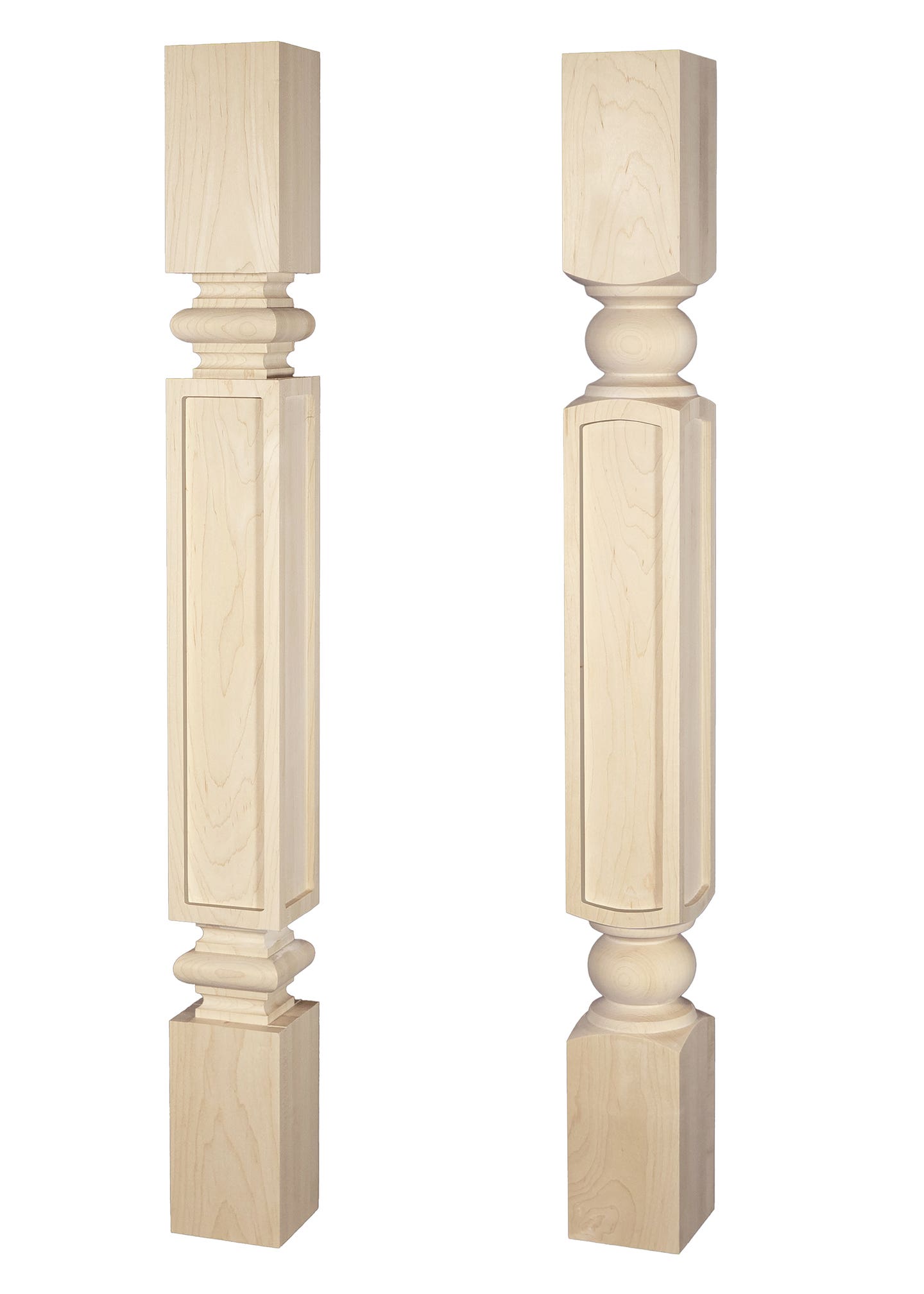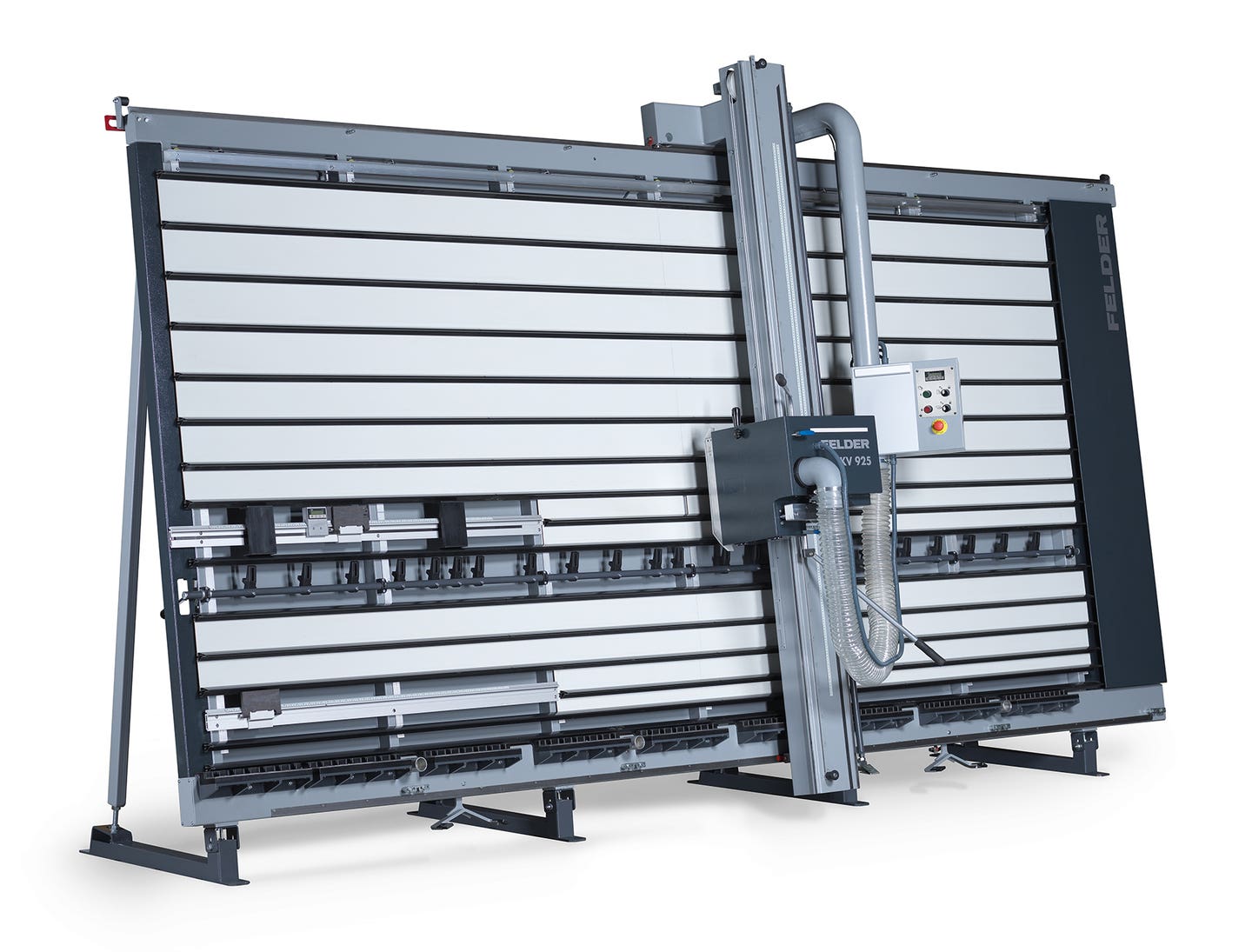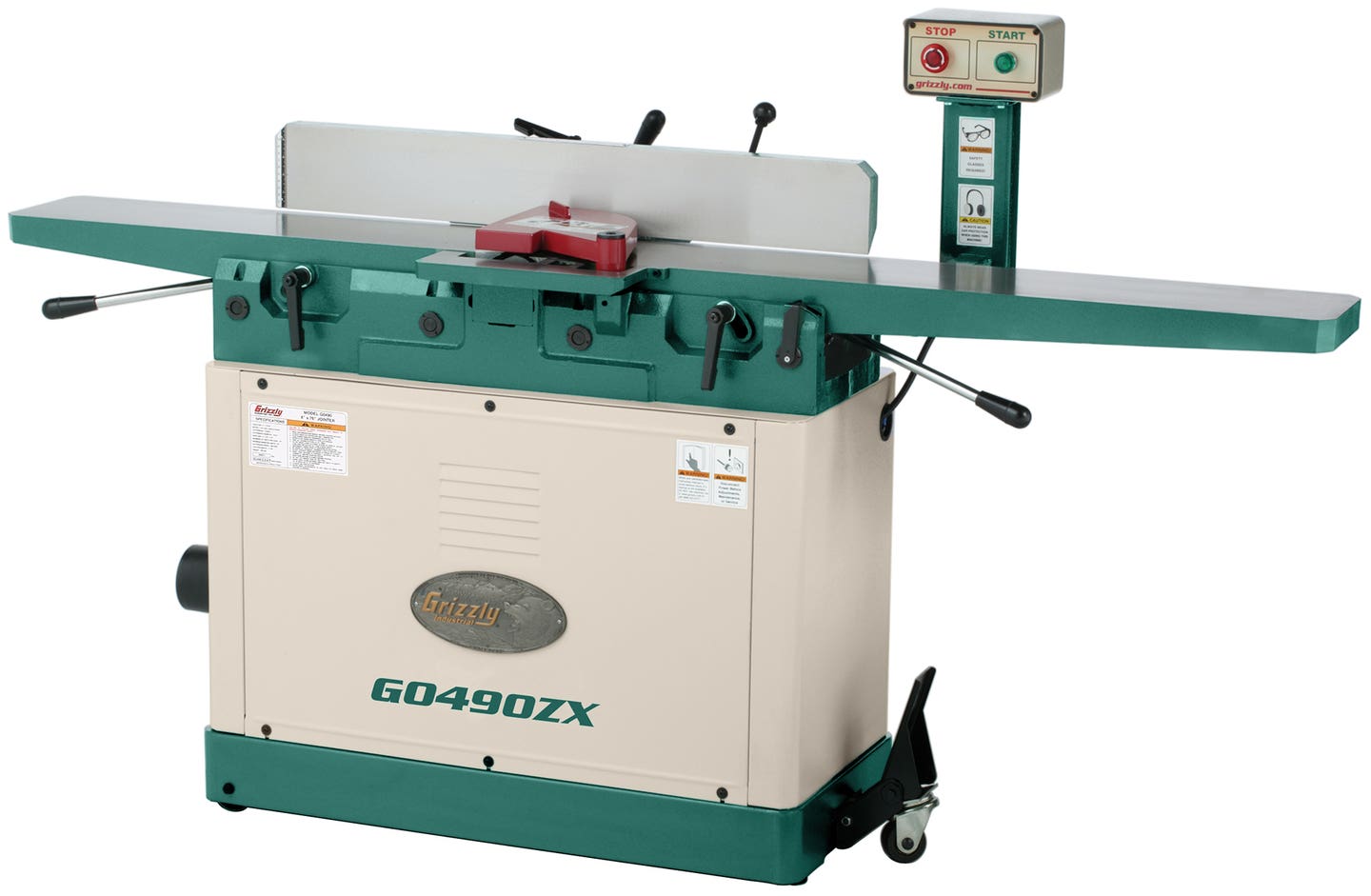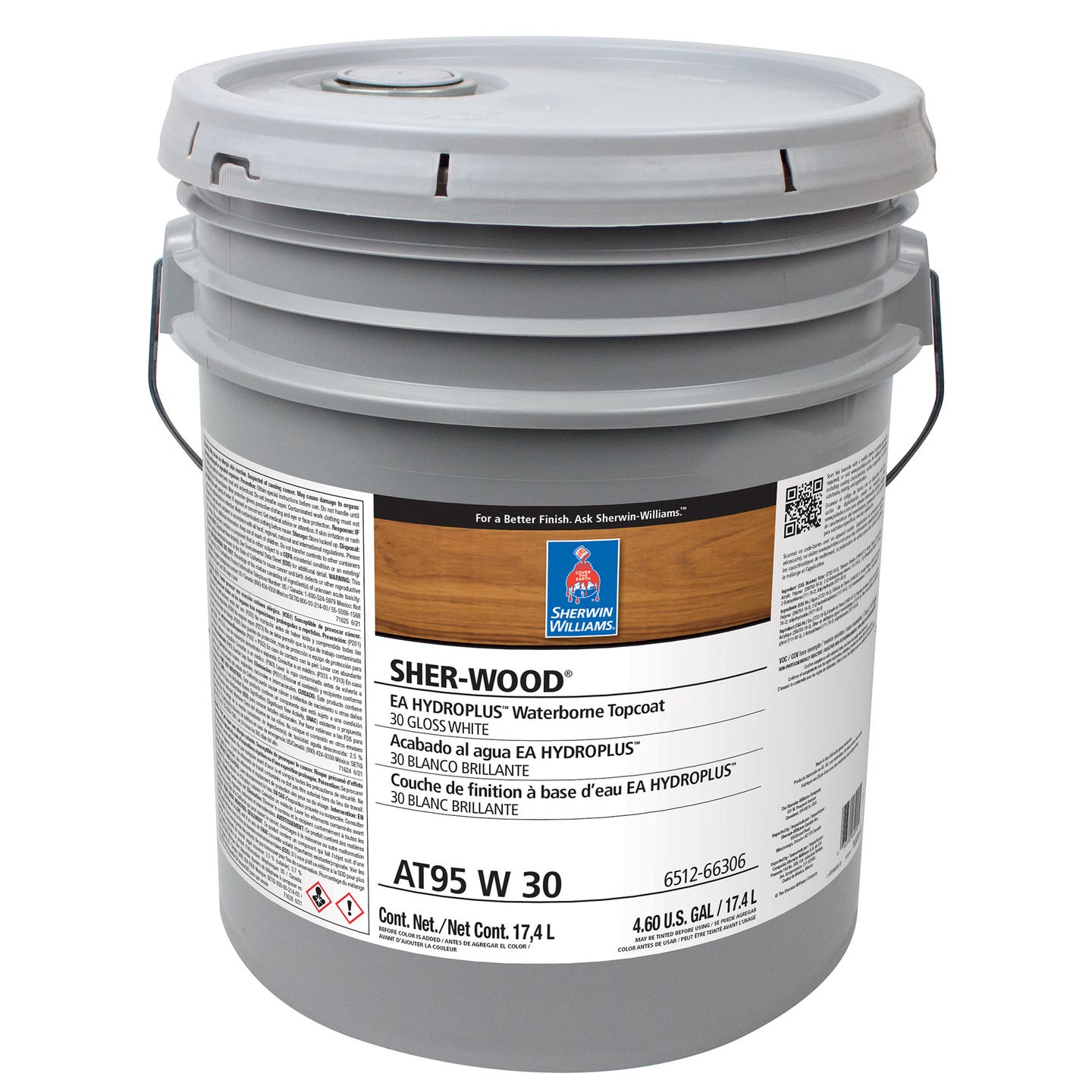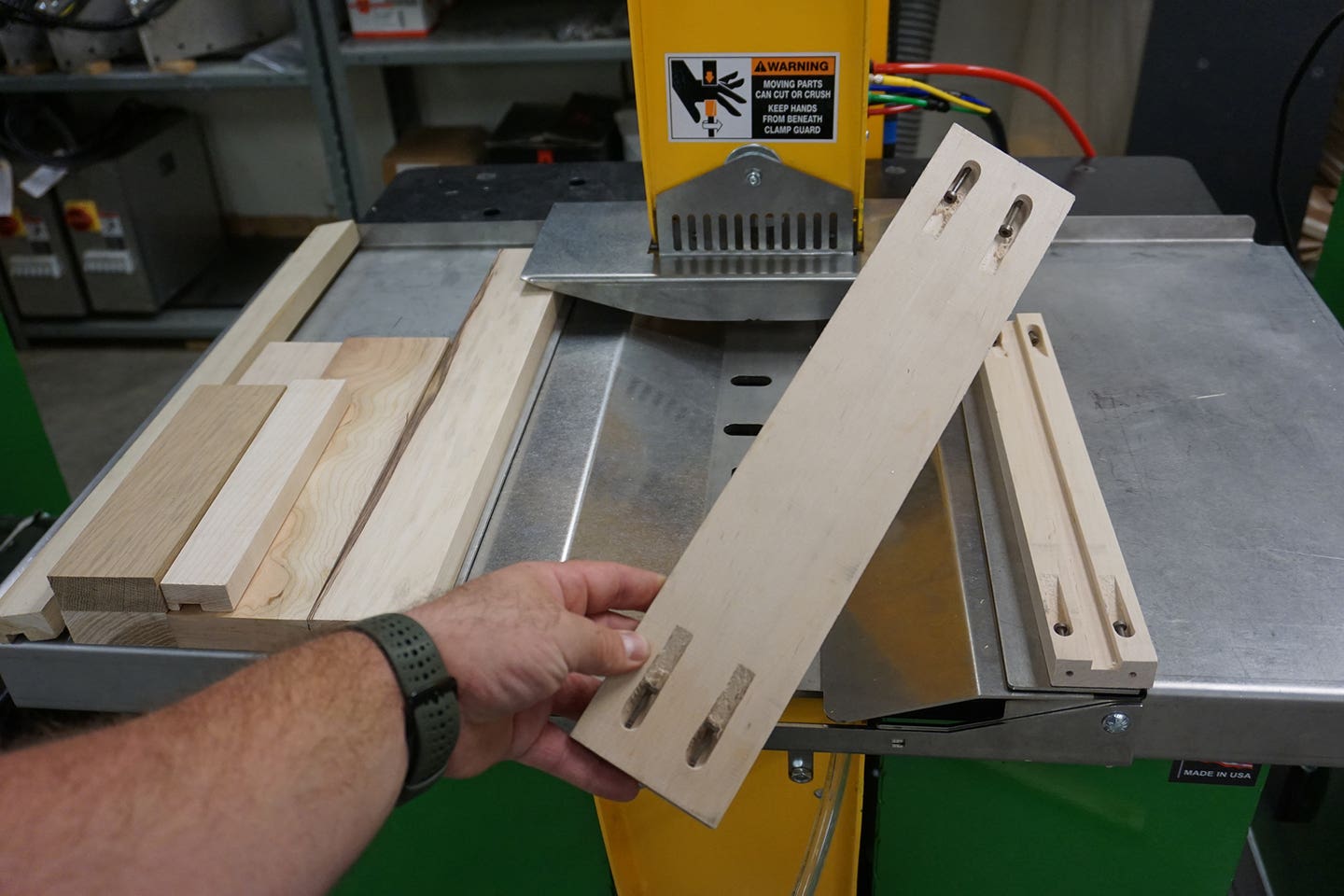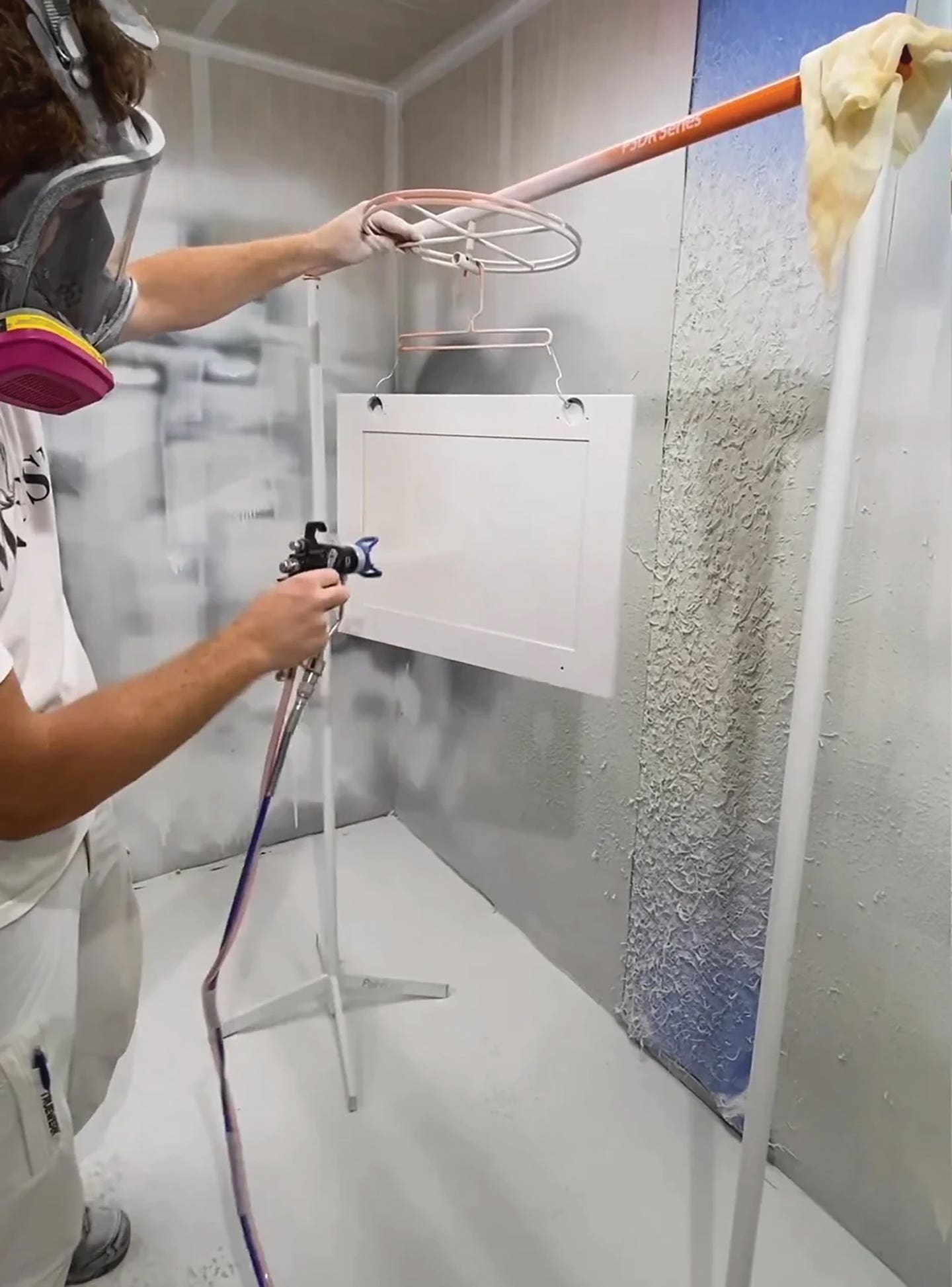Coatings manufacturers hear changes in the air
Although solvent-borne coatings still have a very strong presence, woodshop managers know that big changes are coming. The global agreement that emerged from the climate change conference in Paris showcased…
Although solvent-borne coatings still have a very strong presence, woodshop managers know that big changes are coming. The global agreement that emerged from the climate change conference in Paris showcased the fact that there is a new worldwide consensus on air quality and emissions.
Coatings manufacturers are listening, too. Some have been anticipating this change in the political climate for quite some time and have acted upon that. For example, Aqua Coa, based in Rockford, Ill., has been supplying shops with environmentally friendly waterborne topcoats, stains, sealers and grain fillers for the last two decades. According to the company, today’s woodshops should “take advantage of easy application and clean up with non-toxic, non-flammable, non-combustible, green finishing products.” The manufacturer also reminds woodworkers that new coatings can reduce employee exposure to harmful chemicals and can even lower insurance premiums.
Other industry leaders are also putting development dollars into products to help shops meet higher expectations and also comply with new regulations. AkzoNobel, for example, introduced Ora Verde Unico, which was developed by the company’s Chemcraft division. It combines the qualities of traditional urethane with those of a precatalyzed lacquer. Low in formaldehyde and isocyanate-free, this single-component formulation is very shop-friendly. That seems to be a theme in marketing now. Finish suppliers are not just pointing out the global environmental advantages of water-based products, but also the local effects. And they’re backing up new product launches with new information resources that allow a shop owner to make more informed choices.
For example, on the Sherwin-Williams site (www.swspecs.com), project managers can find a comprehensive guide to the new reality. There, one can discover details on LEED and other green specs; download a LEED and VOC coatings reference guide; access a list of VOC restrictions for coatings; and even find a map of VOC regulated locations in PDF format.
At the ChinaCoat 2015 expo in Shanghai last November, Cincinnati-based Michelman Inc. introduced three new families of water-based binders and additives — Ecrylic, Ecrothan and Michem. Together, they challenge many of the traditional arguments about waterborne verses oil-based coatings. The company maintains that these new products “improve scratch and mar resistance, stain blocking, water and chemical resistance, anti-block properties and gloss.” Ecrothan, in particular, is of interest to furniture builders and cabinetmakers that work on commercial projects where wear is an issue.
Custom finishes for custom work
If you’re building casework for environments that require some chemical resistance, Northern Coatings & Chemical in Menominee, Mich., might be of interest. Last June, the company introduced Aqua Northane, a waterborne product developed to meet and exceed the requirements of the Scientific Equipment and Furniture Association.
“The SEFA-8 testing protocol requires laboratory cabinetry to be highly chemical resistant to 49 harsh chemicals,” company technical director Rich Ulrich said in a statement. “These include alkalis, acids and solvents, as well as boiling water. Old technology utilizes catalyzed solvent-borne coatings, which not only emit considerable quantities of hazardous air pollutants, but also are highly flammable on the production line. Aqua Northane is a catalyzed waterborne clear finish for wood that exceeds the SEFA requirement, is non-flammable and may be considered a green coating for LEED and other architectural initiatives. It does not require handling any aziridine or isocyanate crosslinkers.”
For woodshops milling flooring or wooden countertops, a company in Phoenix might have some answers to changing requirements. Eco Safety Products has developed EcoFlorZ, an acrylic-urethane floor finish and sealer. It’s very hard, VOC-free and can even be used on exterior floors, according to the company, which also manufactures Eco-Tuff Countertop Clearcoat.
Coating Development Group in Philadelphia specializes in developing and supplying OEM finishes and now offers a comprehensive menu of both solvent and waterborne wood coatings for shops that need to change to a more environmentally responsible finishing regimen. Among those are several finishes that meet KCMA finishing test standards and also offer low VOCs and low VHAPs, such as a solvent-based, acid-cured alkyd amino conversion varnish topcoat and vinyl sealer. In the waterborne arena, CDG now offers lacquer, sealer and acid-cured conversion topcoats, all of which boast ultra low VHAPS and VOCs. The company also manufactures waterborne UV-curable topcoat and sealer that’s extremely fast drying and can be curtain coated, rolled or sprayed, according to the company.
New twists on old ideas
Mohawk Finishing, a division of RPM Wood Finishes Group, recently introduced the Radiant Series, a collection of 10 stains that deliver deep colors with vibrant undertones that simulate a two-step color process. The wiping stains, available in quarts and gallons, are specifically designed to save woodshops a few extra trips to the spray booth.
The company’s 24 other wiping stains now have a new addition — clear base. It’s short-filled, so a woodshop can make its own low VOC custom hues by simply adding colorants. Only an hour of drying time is needed before a lacquer sealer coat can be sprayed. It can also be used to dilute the color of many of the company’s other stain colors without changing the way they work and dry or without increasing the VOCs. And it can work as a pre-stain conditioner to control stain color penetration and development, according to the company.
Sampson Coatings in Richmond, Va., offers a non-flammable Craftsman’s Choice quick dry poly sealer, which can be used under any oil-modified finish. Bristol Finish in Virginia Beach, Va. is another small supplier that manufactures in the U.S. The founder, Marshall Nix, developed a waterborne solution after he couldn’t find a wood coating for his sailboat that could hold up consistently in the ruthless Florida sun. The company’s Classic Clear is a one-part, self-activating, water-based cross-linking urethane.
Old Masters in Orange City, Iowa, recently introduced a new exterior, water-based Spar-urethane clear finish that resists water and weather and contains UV absorbers for advanced sun protection.
Last August, M.L. Campbell introduced a new formaldehyde-free, clear conversion varnish in its EnviroVar line. This Greenguard-certified, acid cure, amino-alkyd, post-catalyzed conversion varnish is both low odor and HAPs free. It’s a self-sealing system that applies and sands easily, cures quickly and has a smooth feel, according to the company.
Valspar’s new Zenith Waterborne Lacquer is a low VOC, HAPS-free formulation that contains no isocyanate or formaldehyde, and it can be applied using conventional, HVLP, airless or air-assisted airless delivery systems, according to the company.
Waterborne solutions are not the only way to become more environmentally compliant. Infrared has a lot of possibilities, too. BGK Finishing Systems designs and manufactures electric infrared curing solutions for a full range of coatings including liquid, powder, wax, UV and adhesives. The company says that, in a new and globally responsible energy culture, infrared drying can actually help woodshops reduce energy consumption. That’s because a shortwave infrared system is typically three to six times more efficient than a gas convection oven, so the cost of gas needs to be 1/3 to 1/6 the cost of electricity per BTU to be more efficient. Infrared curing also helps woodshops minimize floor space and increase productivity, both of which can have a positive impact space heating and cooling, and thus on a carbon footprint.
So far, infrared seems like a better option for larger operations than small shops. That could change with the growth in new finishes, such as Milesi’s new catalyzed urethane. Some small systems use halogen bulbs as a heat source, but precatalyzed lacquer will bubble if it isn’t allowed to flash off before intense heat is introduced.
Oh, one more recent development in finishes: PPG Paints is now the name of a group of companies that has more than a century of experience in the finishing field. These include the Pittsburgh Paints, Porter Paints and Glidden Professional brands. The company offers products such as Deft clear wood finishes.
This article originally appeared in the February 2016 issue.


